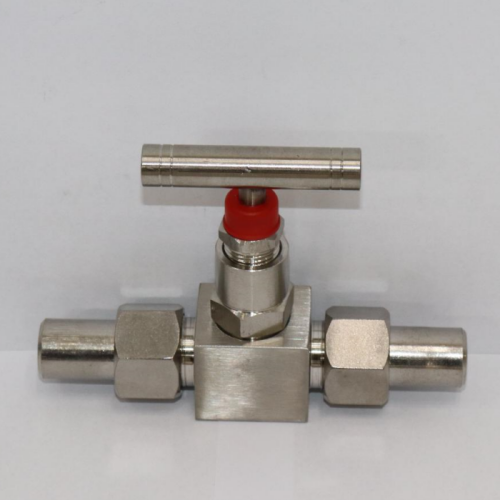electric actuator in robotics
Electric Actuators in Robotics A Key Component for Modern Automation
In the realm of robotics, the integration of advanced technologies is critical for improving performance, efficiency, and versatility. Among these technologies, electric actuators play a pivotal role. These devices convert electrical energy into mechanical motion, enabling robots to perform a wide array of tasks with precision and reliability. This article delves into the significance of electric actuators in robotics, exploring their types, advantages, and applications.
Understanding Electric Actuators
Electric actuators are devices that use electric power to create motion. They can be classified into several types, the most common being DC motors, stepper motors, and servo motors. Each of these actuators has unique characteristics suited to different robotic applications.
- DC Motors These are widely used for their simplicity and efficiency. By varying the voltage applied, the speed of the motor can be controlled, making DC motors ideal for applications requiring continuous rotation. - Stepper Motors These actuators move in discrete steps, allowing for precise control of angular position. They are frequently used in 3D printers and CNC machines, where accurate positioning is critical.
- Servo Motors These provide high torque and precise control over angular and linear positions, commonly employed in robotic arms and drones. They often include feedback mechanisms to ensure accurate motion based on real-time data.
Advantages of Electric Actuators
Electric actuators offer numerous advantages over traditional hydraulic and pneumatic systems.
1. Energy Efficiency Electric actuators typically consume less energy than their hydraulic counterparts, leading to lower operational costs and reduced heat generation.
2. Precision and Control With advanced control systems, electric actuators can achieve high levels of precision in motion control. This precision is vital for tasks that require exact positioning, such as in surgical robots or assembly line applications.
3. Compact Size and Lightweight Electric actuators, especially servo and stepper motors, can be compact and lightweight, allowing for the design of smaller, more agile robots.
electric actuator in robotics

4. Ease of Integration These actuators can be easily integrated with electronic control systems. This compatibility facilitates the development of smart robots equipped with sensors and advanced control algorithms.
5. Lower Maintenance Requirements Electric systems generally require less maintenance than hydraulic or pneumatic systems, which can suffer from leaks and other mechanical failures. This resilience results in longer uptime and reduced operational interruptions.
Applications in Robotics
Electric actuators are integral to various robotic systems and applications
- Robotic Arms In manufacturing, electric actuators enable robotic arms to perform tasks such as welding, painting, and assembly with consistent accuracy.
- Mobile Robots Electric actuators drive wheels and tracks in mobile robots, allowing for smooth navigation and movement in different terrains.
- Service Robots In the medical field, electric actuators power robotic surgical tools, enhancing precision in minimally invasive procedures.
- Agricultural Robots Electric actuators are also utilized in agricultural robots for tasks like seeding, watering, and harvesting, contributing to increased efficiency in food production.
- Drones In aerial robotics, electric actuators help control flight mechanisms, stabilizing the drone's movements and enabling it to carry out tasks such as surveillance, delivery, and aerial photography.
Conclusion
Electric actuators are a cornerstone of modern robotics, driving innovations across various fields. Their ability to provide precise, efficient, and reliable motion control makes them ideal for a myriad of applications, from industrial automation to healthcare. As technology continues to evolve, we can expect further advancements in electric actuator design and functionality, solidifying their role in the future of robotics. Embracing these innovations opens up limitless possibilities for enhancing productivity and automating complex tasks, pushing the boundaries of what robots can achieve in our daily lives.
-
The Key to Fluid Control: Exploring the Advantages of Ball Valves in Industrial SystemsNewsJul.09,2025
-
The Versatile World of 1, 2, and 3 Piece Ball ValvesNewsJul.09,2025
-
Stainless Steel Ball Valves: The Ideal Choice for Efficient Flow ControlNewsJul.09,2025
-
Optimizing Fluid Control with Ball Float ValvesNewsJul.09,2025
-
Manual Gate Valves: Essential for Control and EfficiencyNewsJul.09,2025
-
Everything You Need to Know About Butterfly ValvesNewsJul.09,2025
-
The Versatility of Wafer Type Butterfly ValvesNewsJul.08,2025




